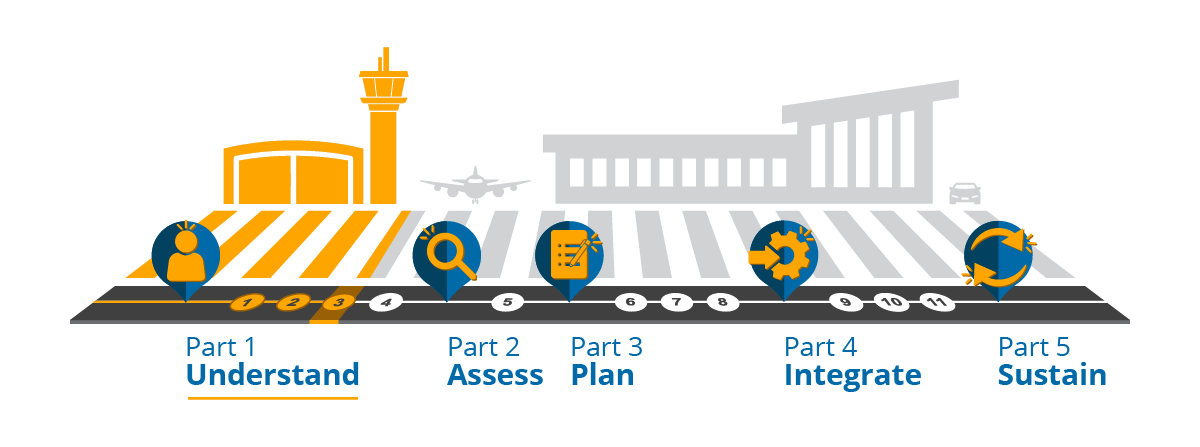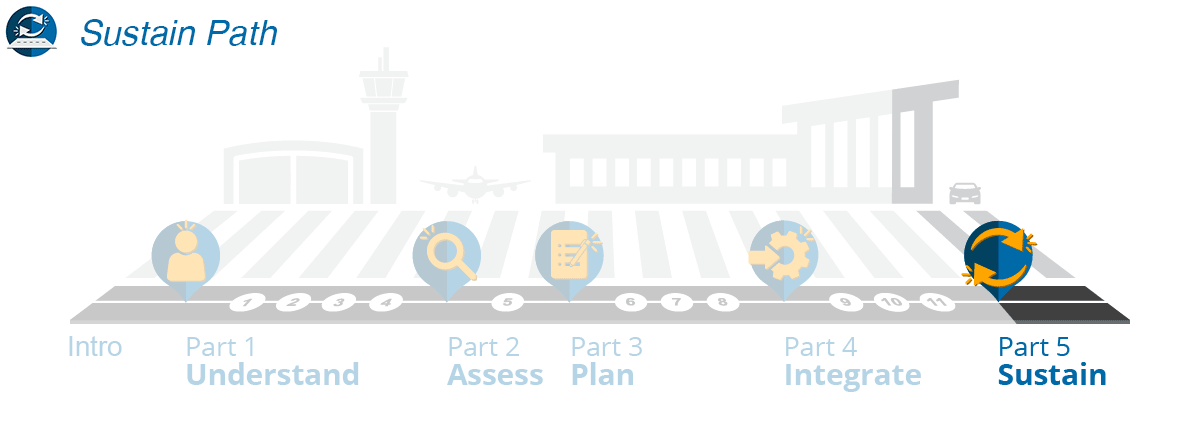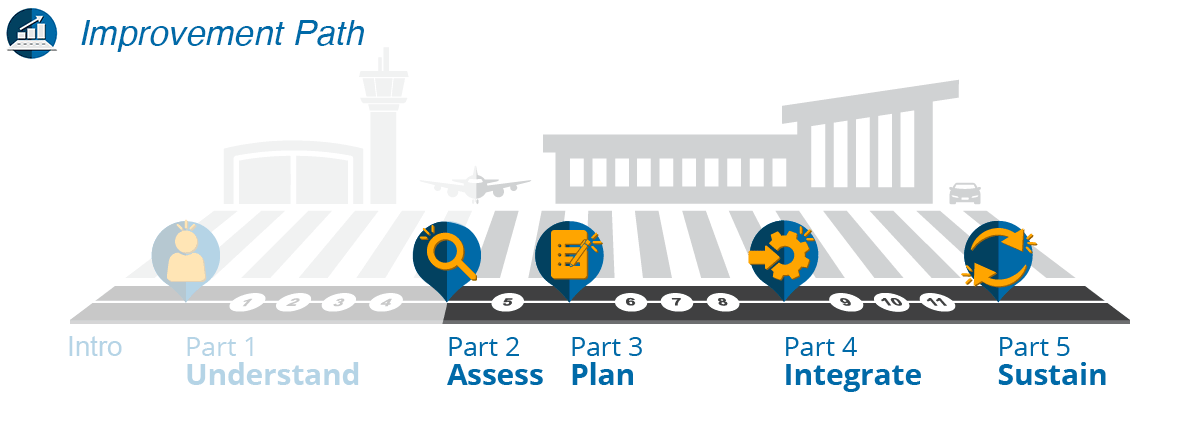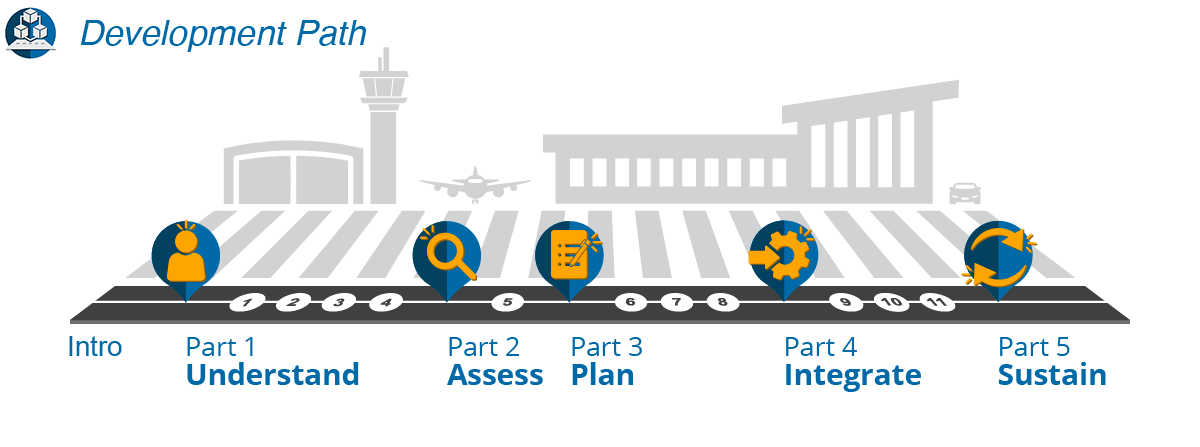
Step 3: Understand the Benefits of Using Social Media in Emergency Management
Response Efficiency
As a means for sharing information among emergency operations center (EOC) staff and first responders, SM can assist in promoting efficiency across the four phases of EM operations in the following ways:
- Minimizing disruptive events
- Responding to emergencies more effectively
- Enabling better choices through analyzing data
- Improving public messaging through collaboration
Minimizing Disruptive Events
Using SM tools that enable listening, analytics, and reporting on activity from SM channels can help you detect and even get ahead of an emerging issue. Many tools enable you to publish and engage effectively during an emergency event, as well as provide an avenue for post-issue reporting. With real-time intelligence gathered from SM channels, the incident command (IC) can make faster decisions during an emergency event. These decisions can include, for example, where to deploy more emergency responders or resources to diffuse a potential crisis.
Responding to Emergencies More Effectively
Private secure responder messaging channels can enable airport EM responders to rapidly notify the appropriate resources to handle an emergency issue. Using SM to provide real-time accountability (e.g., disposition and location) of all personnel from a variety of response organizations can enable the IC to deploy the closest responders or the best-equipped teams in a situation. You can also use these channels to host collaboration efforts with other stakeholder organizations outside of the airport.
Enabling Better Choices Through Analyzing Data
SM listening tools can be used to monitor and analyze a wide range of potential issues posted by SM users. These potential issues may either stem from or be associated with emergency situations. With this forewarning, IC staff can anticipate and be prepared for numerous challenges associated with an incident.
Improving Public Messaging Through Collaboration
According to the Department of Homeland Security, when various agencies and first responders coordinate and integrate their SM messaging with one another it is most effective.2 Integrated messaging among responders that speaks one truth to the public avoids confusion and builds collaboration between public information officers (PIOs).
Industry Example
Since Minneapolis–St. Paul International Airport includes SM in its comprehensive crisis communications plan, it was able to test SM messaging in a combined table-top and functional exercise. This exercise revealed how the EOC, Joint Information Center (JIC), and Joint Family Support Operations Center (JFSOC) needed to work in concert to send a unified message via SM and all other communications channels.3
REFERENCES
2. Next Steps: Social Media for Emergency Response, Department of Homeland Security (Washington, D.C.: 2012), pp. 8–9, https://www.dhs.gov/sites/default/files/publications/Virtual%20Social%20Media%20Working%20Group%20VSMWG%20Next%20Steps%20Social%20Media%20for%20Emergency%20Response.pdf.
3. ACRP Synthesis 82: Uses of Social Media to Inform Operational Response and Recovery During an Airport Emergency, Transportation Research Board (Washington, D.C.: 2017), pp. 16–19, http://www.trb.org/Main/Blurbs/176496.aspx.




